Pancakes, no matter in what form and at what time, these delicacies are welcome! Whether savory or sweet, thin pancakes or fluffy pancakes, thick pancakes filled with ice cream, fruit, chocolate, and much more.
Pancake recipes from all over the world!
More about pancakes, with their different toppings, where pancakes come from, and a brief detour to the special case of Austrian pancakes in the blog post below.
I have gathered a huge variety of delicious pancake recipes you will enjoy all year round! Not only on national pancakes day in September!
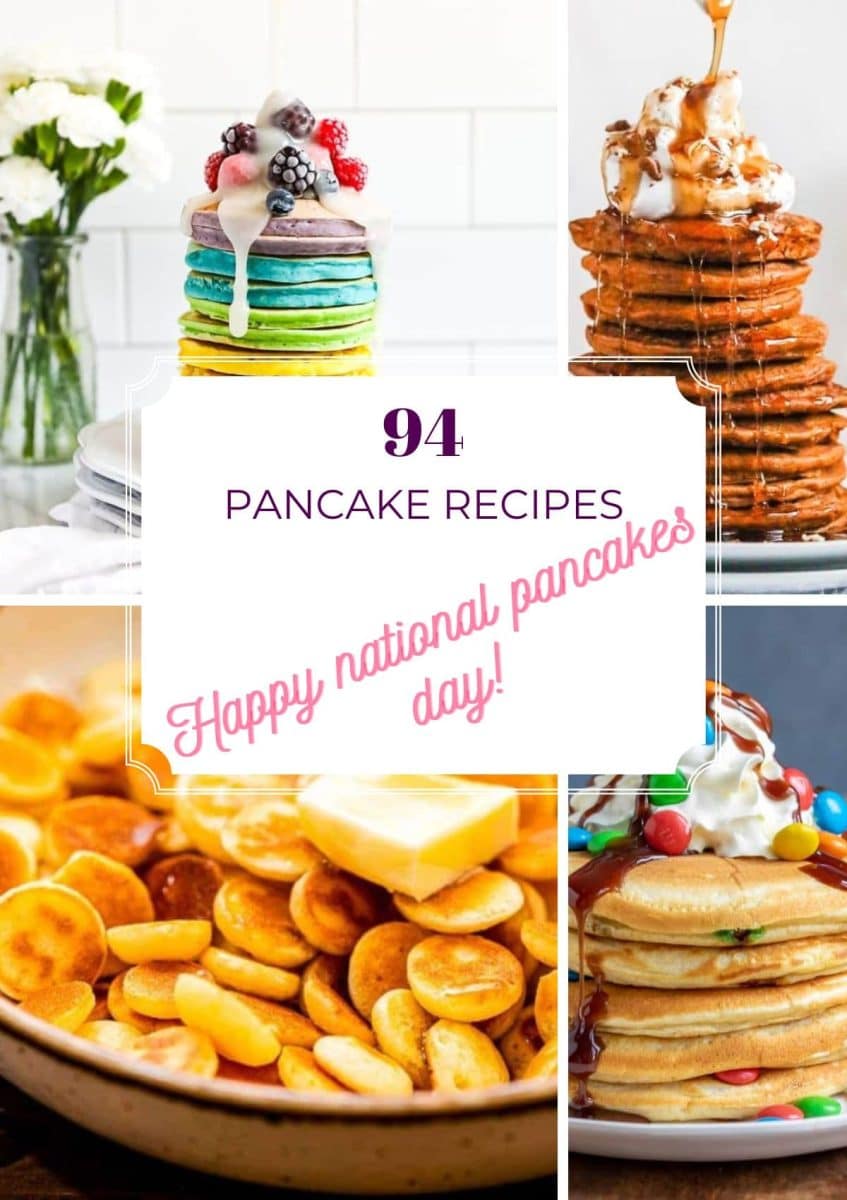
But with pancake dough and variations of it, you can prepare other delicious meals apart from pancakes! Try our Elderflower Fritters or Austrian Kaiserschmarrn!
Before browsing through those delicious pancake recipes below, let's quickly check the facts about pancakes.
Jump to:
🥞 What is a pancake?
A pancake (or hot-cake, griddlecake, or flapjack) is a flat cake, often thin and round, prepared from a starch-based batter that may contain eggs, milk and butter and cooked on a hot surface such as a griddle or frying pan, often frying with oil or butter. It is a type of batter bread. Archaeological evidence suggests that pancakes were probably eaten in prehistoric societies.
Source: Wikipedia
🌎 Are pancakes prepared the same way all over the world?
The pancake's shape and structure varies worldwide. In the United Kingdom, pancakes are often unleavened and resemble a crêpe. In North America, a leavening agent is used (typically baking powder) creating a thick fluffy pancake. A crêpe is a thin Breton pancake of French origin cooked on one or both sides in a special pan or crepe maker to achieve a lacelike network of fine bubbles.
Source: Wikipedia
A well-known variation originating from southeast Europe is a palačinke, a thin moist pancake fried on both sides and filled with jam, cream cheese, chocolate, or ground walnuts, but many other fillings—sweet or savoury—can also be used.
Source: Wikipedia
📅 When is National Pancake Day?
The ever-popular pancake has its special day twice a year! One of them is the 26th of September.
The second was established by IHOP. IHOP cooperates with charities that help seriously ill children. Donations on this day go directly to the charity of your choice.
🥞 What are the Best Pancake Toppings?
- Chocolate Chips
- Fresh Fruit
- Fruit Compote
- Ice Cream
- Jams
- Maple Syrup
- Nutella
- Nuts
- Peanut butter
- Whipped Cream
🇦🇹 Austrian Pancakes
You can usually eat pancakes as a dessert in Vienna. Pancakes and omelets were traditionally served as a main dish on fast days.
Palatschinken derives from the Latin "placenta" (cake). Via Romanian "placinta," Hungarian "palatsinta" and Slavic "palatsinka" the word came to Vienna. Like the word, the dish itself can be traced back to the Romans, as pancakes were eaten (possibly as a substitute for bread) as early as 2000 years ago. In Viennese cookbooks, however, the name "Palatschinke" appears very late, towards the end of the 19th century.
Palatschinken are thin pancakes made of flour, milk (cream), salt, (sugar) and egg(s). Baked in fat after swelling in a pan, filled with apricot or cranberry jam as a home dish, rolled, sugared, and served hot.
Variants: Ice cream, nut, chocolate, curd, meat, or spinach pancakes. There are minor differences in composition between the older pancakes (known as frittatas) and those known as omelets. In Viennese colloquial language and old cookbooks, pancakes are often called "amalettes" or "amulettes". "Fächerpalatschinken" are the crêpes from French cuisine (small pancakes folded in four).
A frittata was prepared with a filling of butter, yolks, beaten egg whites, cream, breadcrumbs, and raisins, rolled and baked, covered with egg milk, in a greased casserole. The recommended curd cheese palatschinke has prevailed until today in two variants (baked and soufflé).
The Viennese omelet is often a thicker Palatschinke made of fine Kaiserschmarren dough (Schmarren) with snow. It is briefly baked in a pan, finished in the oven, then filled, rolled up, and served hot.
The egg mixture is often poured directly over ingredients (such as stewed mushrooms, vegetables, fine herbs, ham, etc.).
The egg omelet is prepared without flour.
In addition, Viennese cuisine offers sponge and choux omelets, as well as casserole omelets (omelettes soufflees).
They consist only of beaten egg whites, yolks, sugar, and various flavoring ingredients. They are baked directly on a side plate or platter in the oven.
The word omelet comes from French (Old French alumelle). It appears in German cookbooks in the early 18th century (for example, egg amulets, pancakes, or omelet spots).
Source: geschichtewiki.wien.gv.at and translated by Nora
🍬 Sweet Pancake Recipes


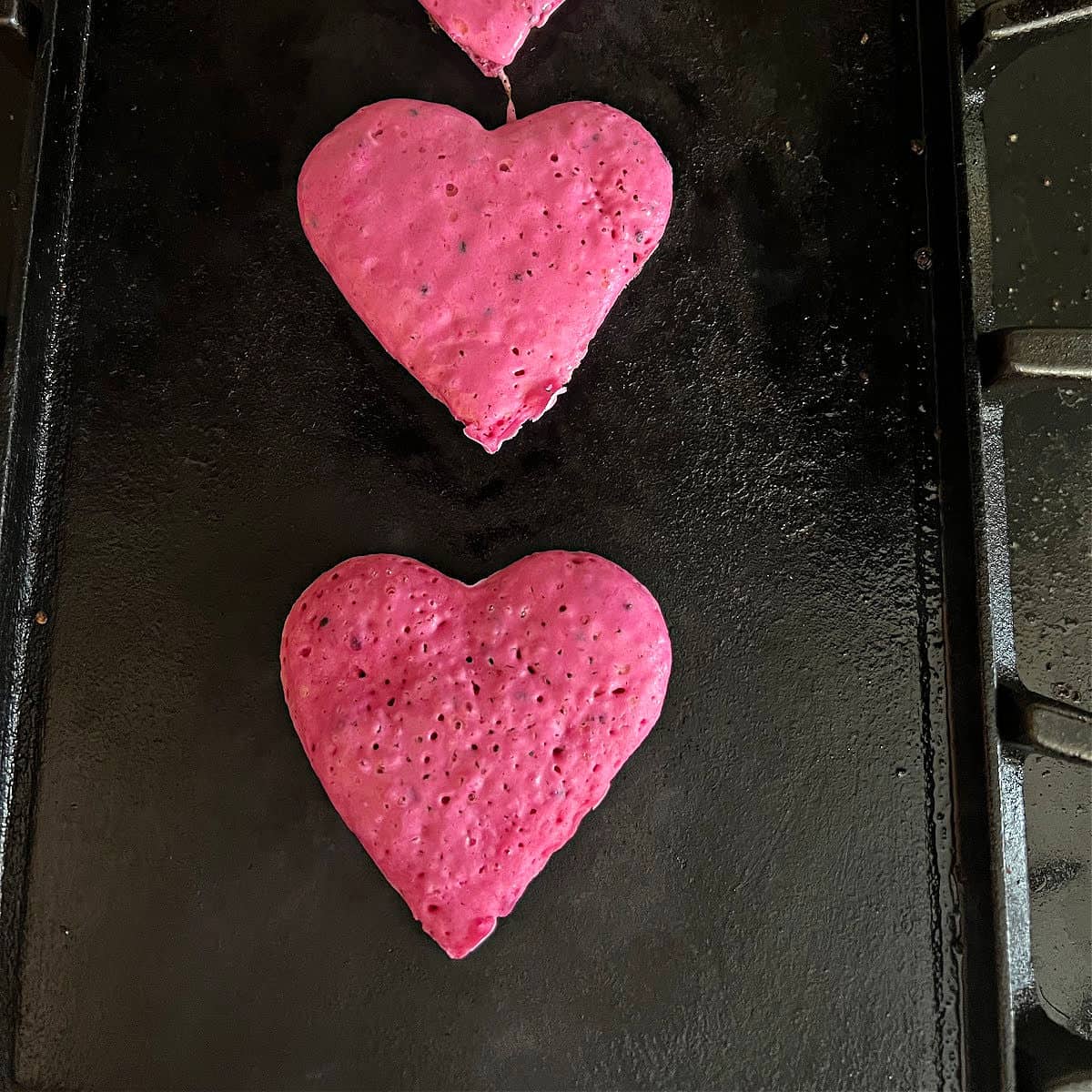



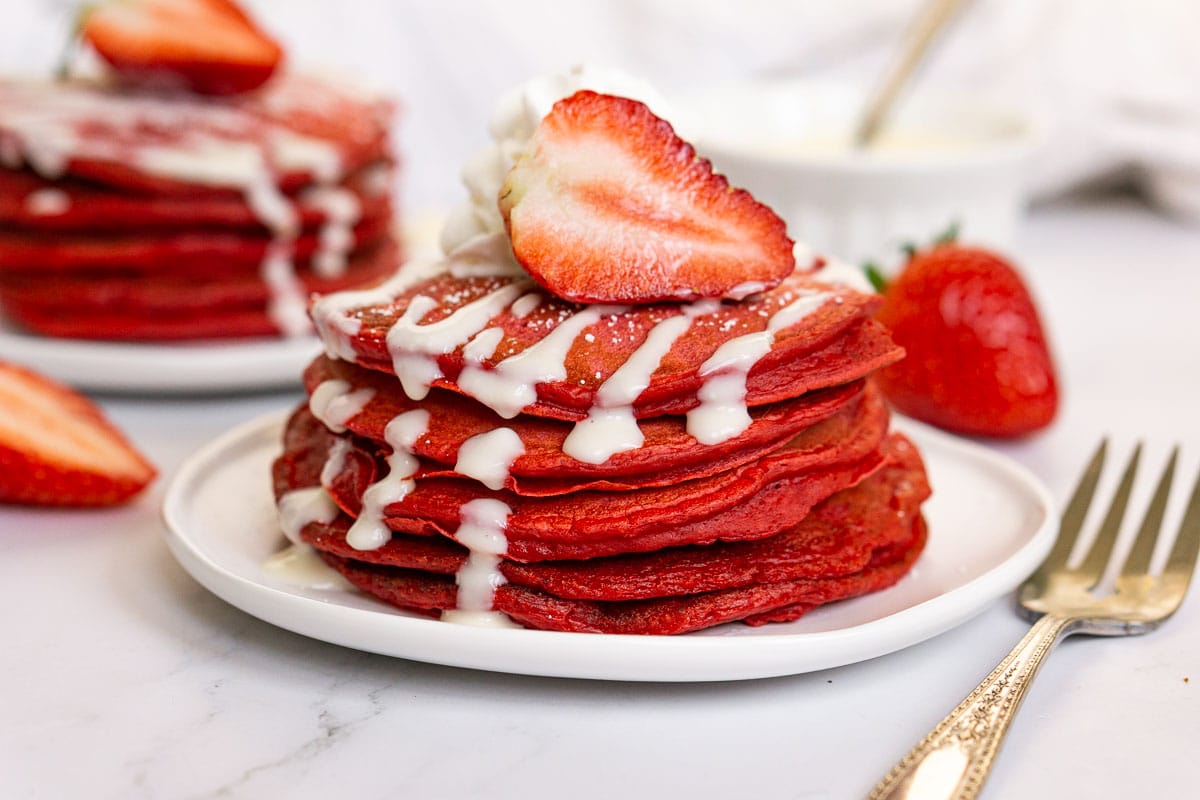
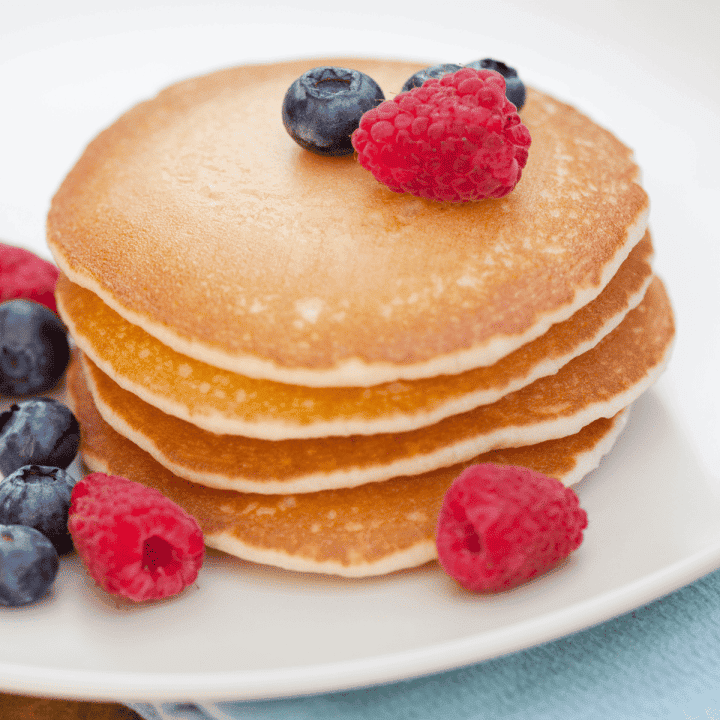





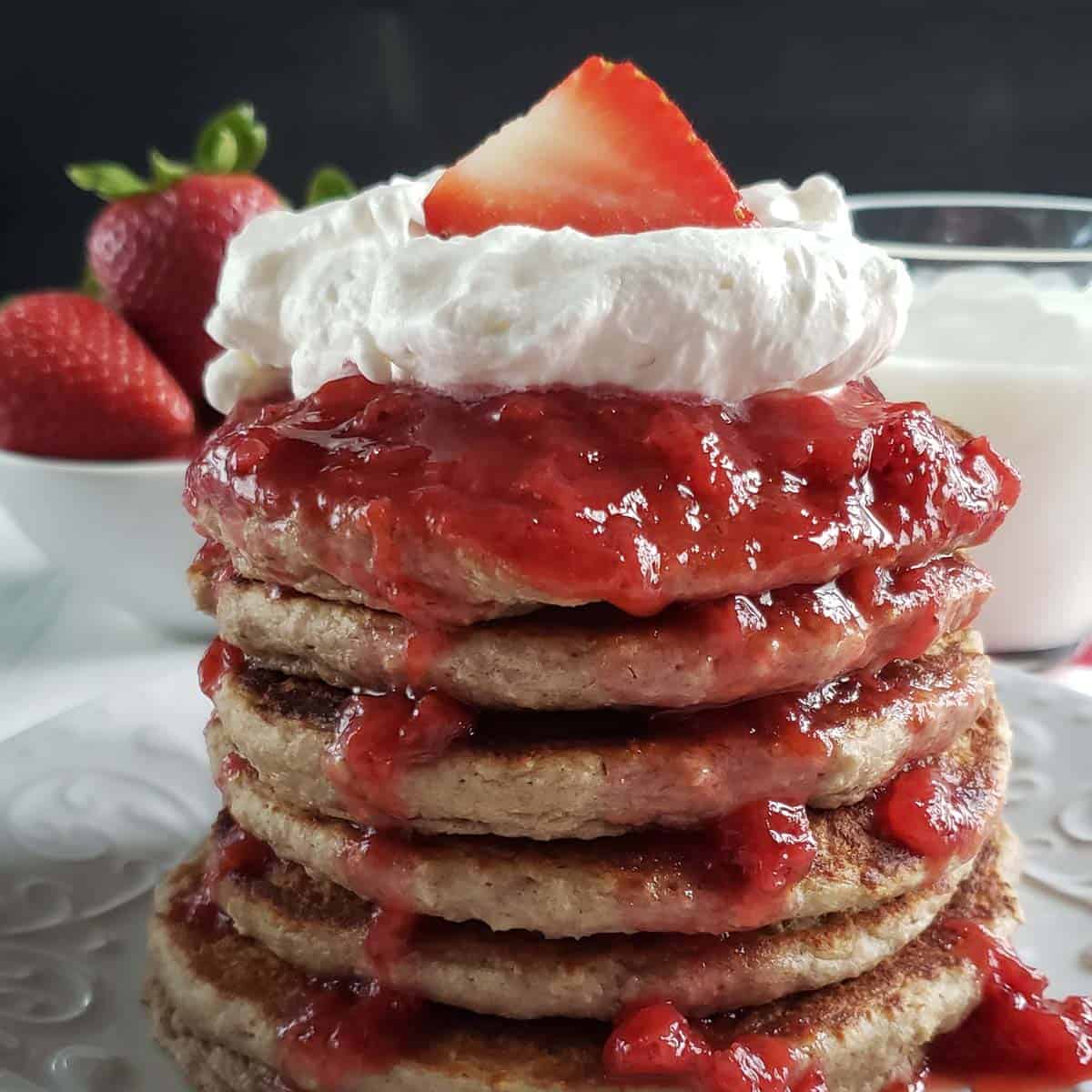
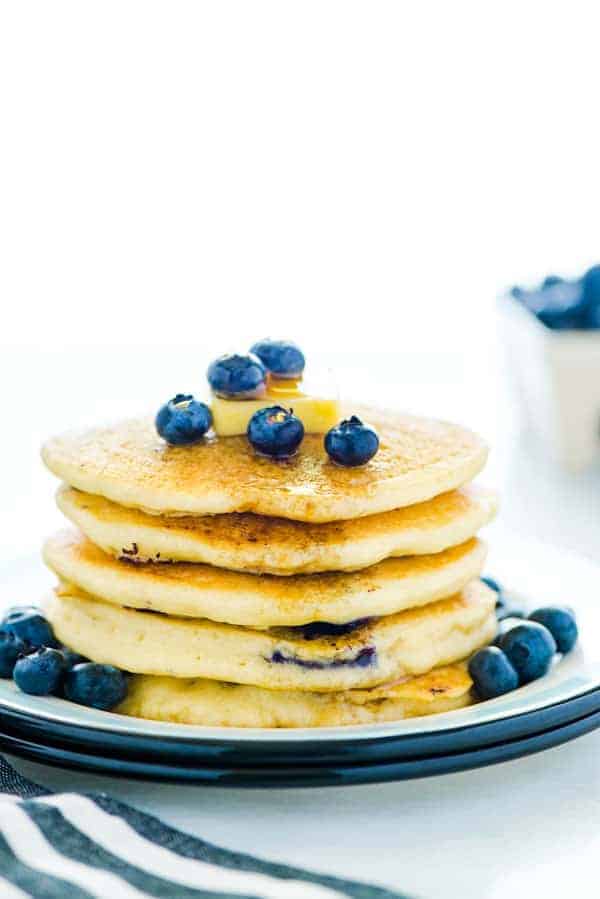







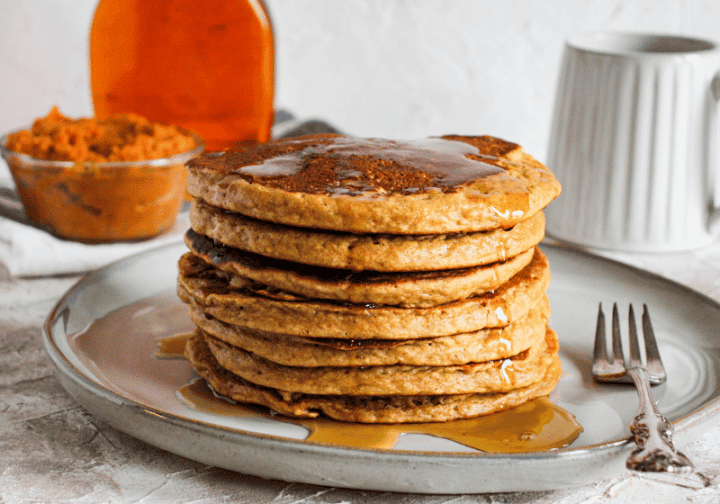

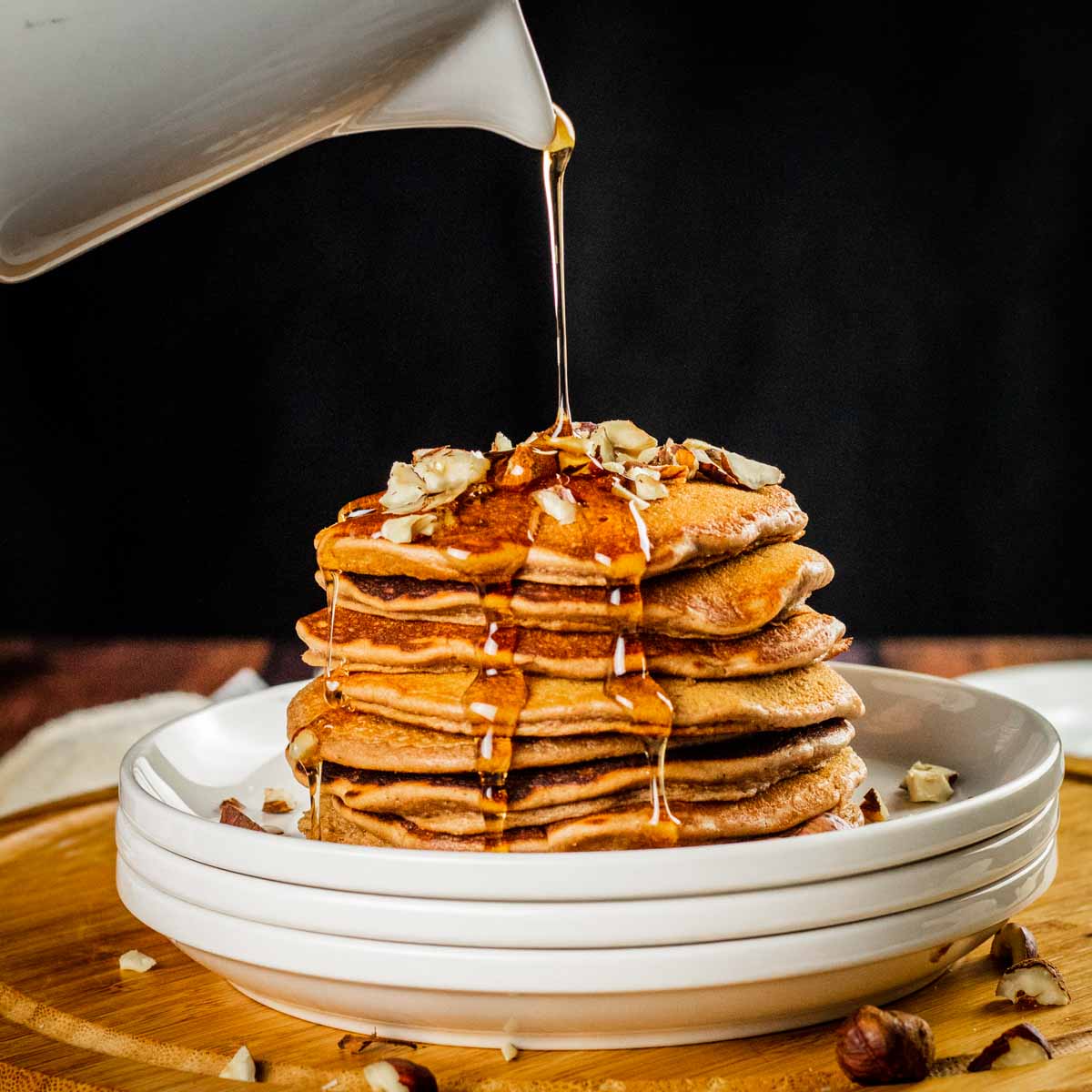



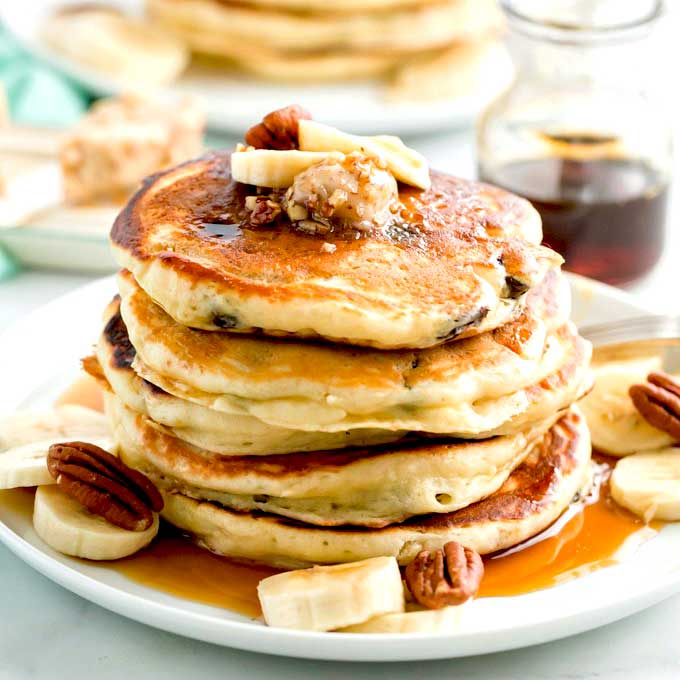







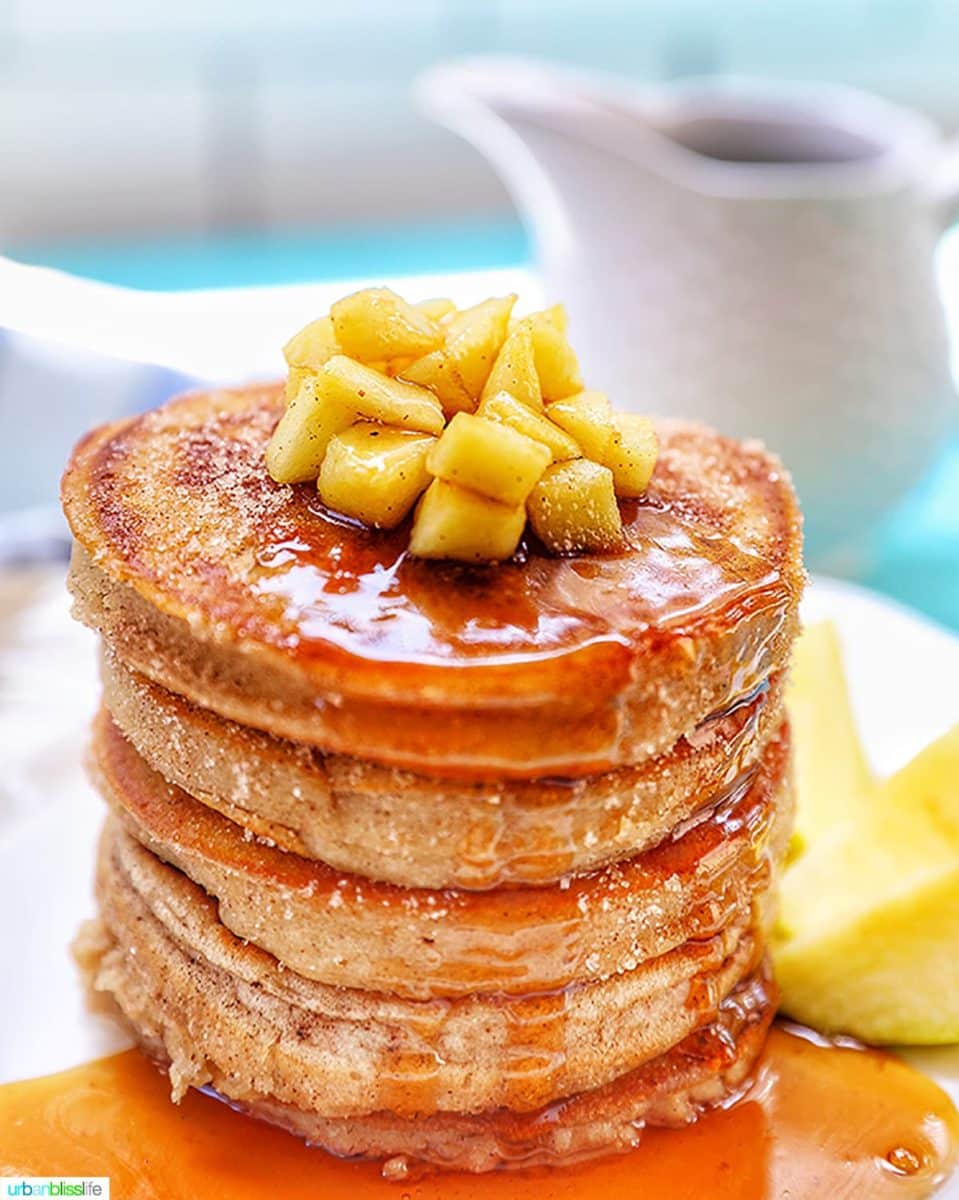









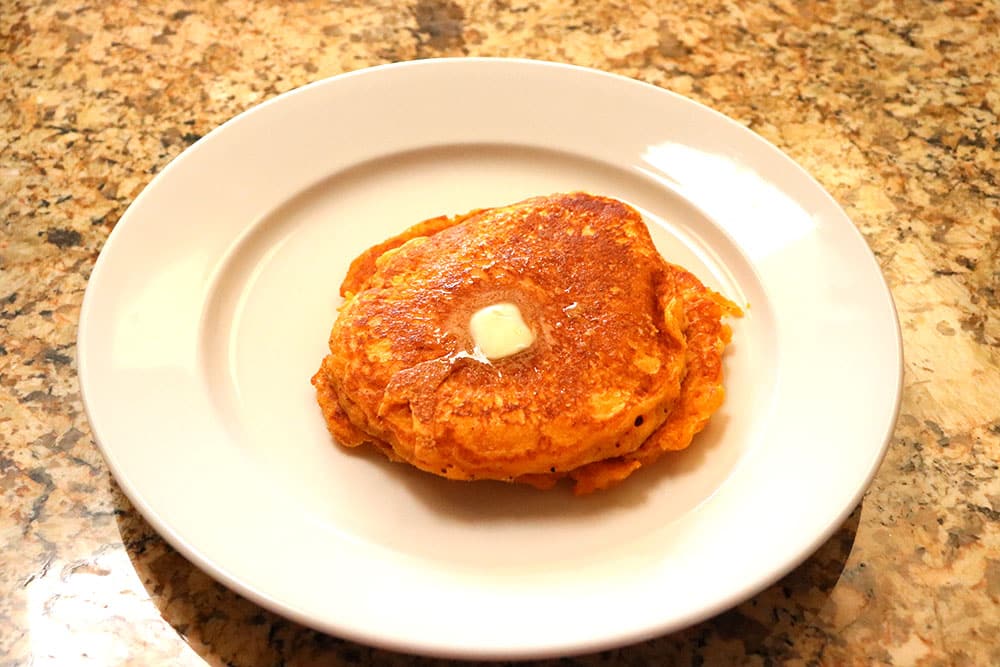

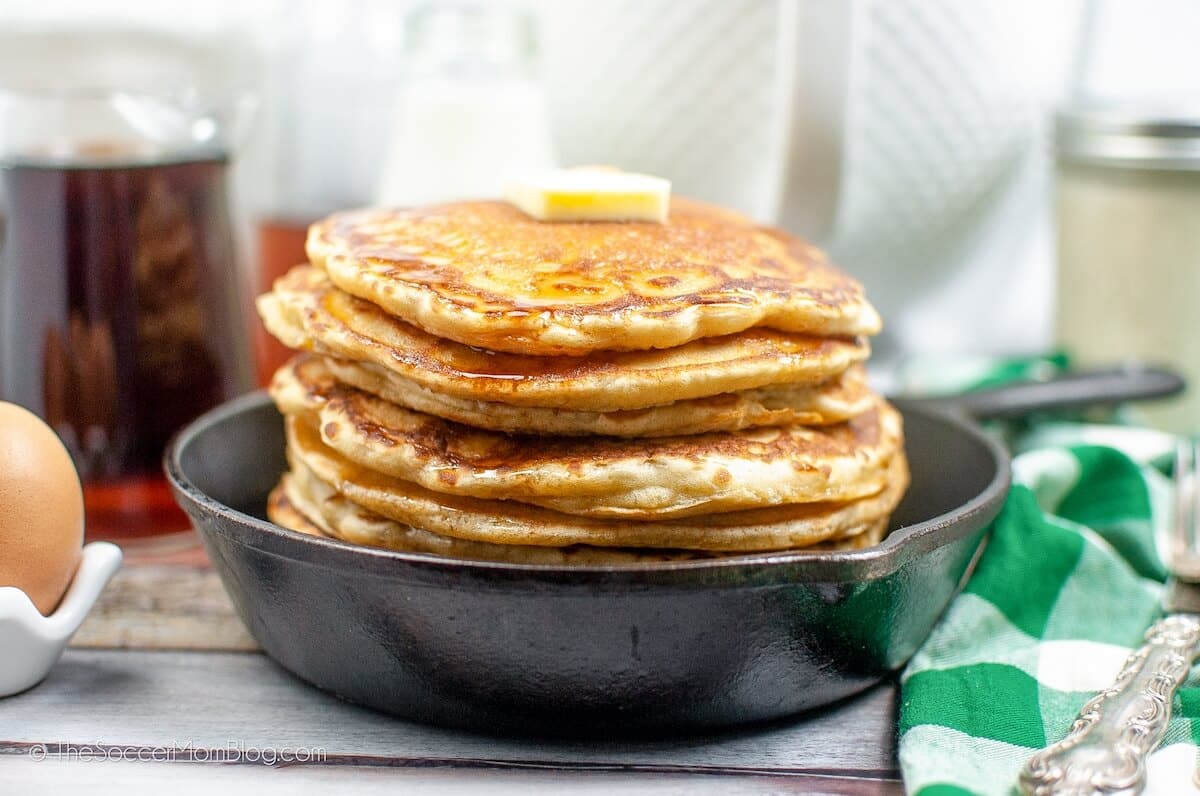







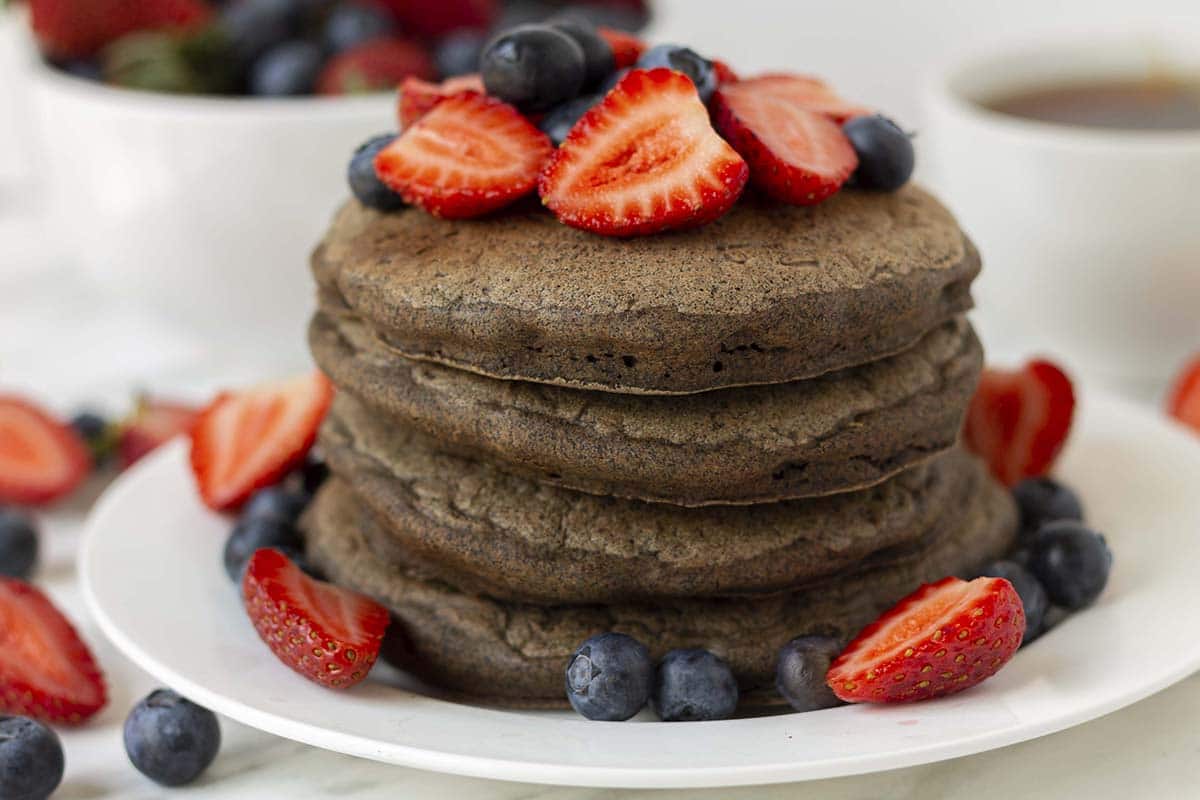

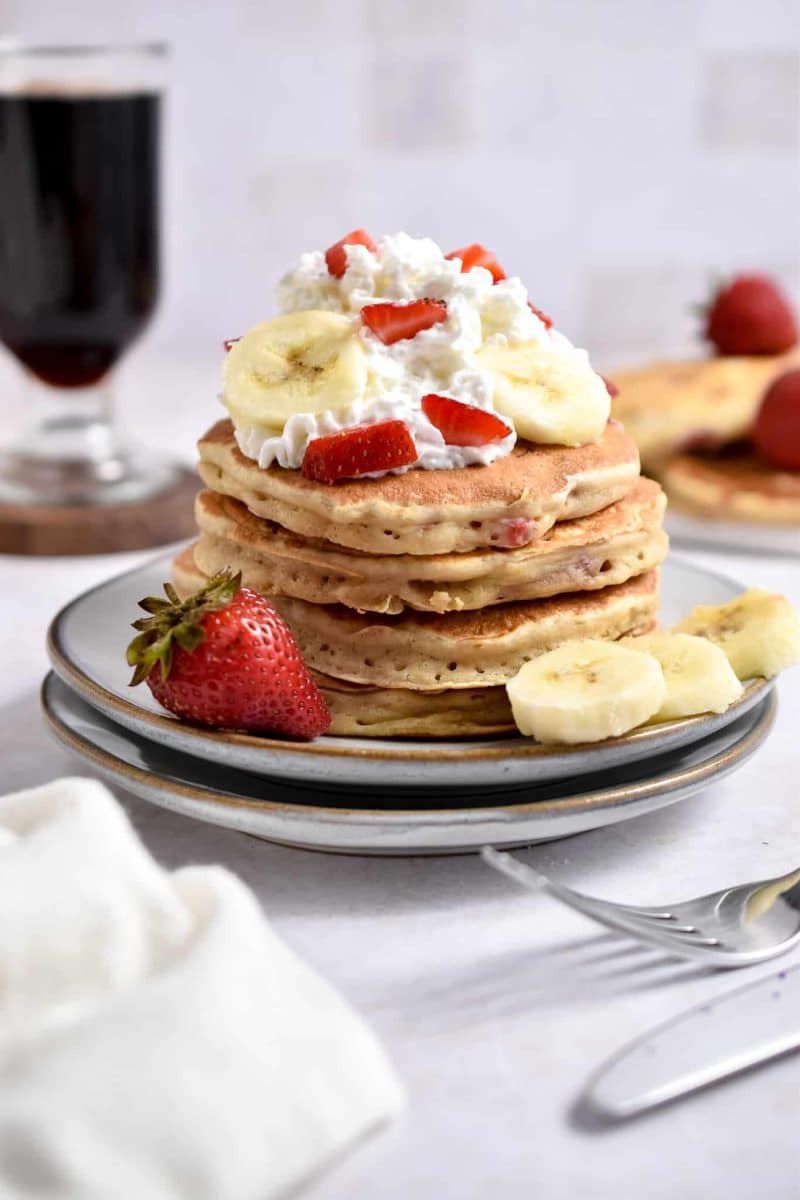


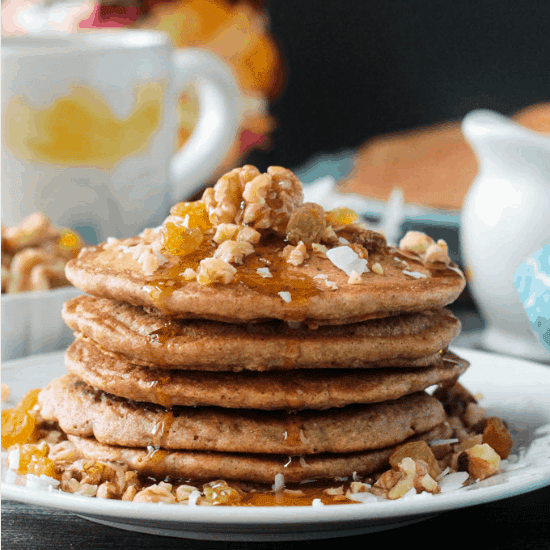





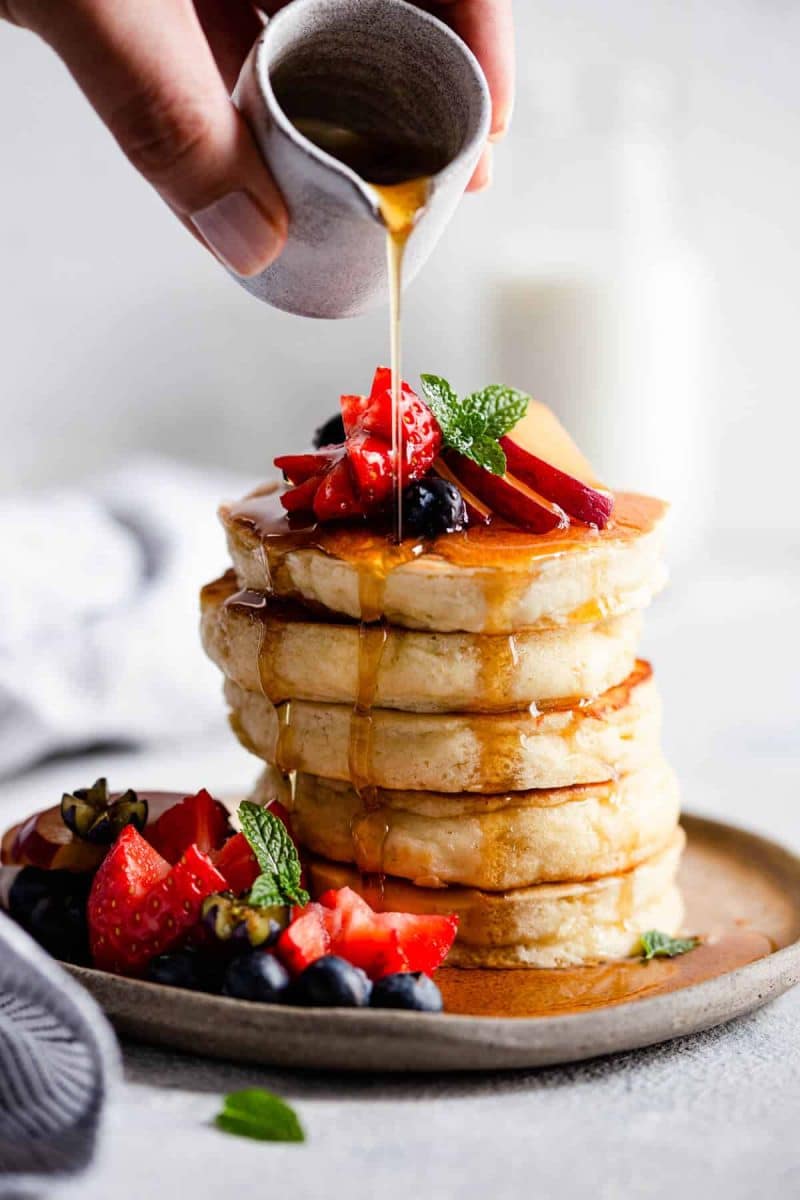


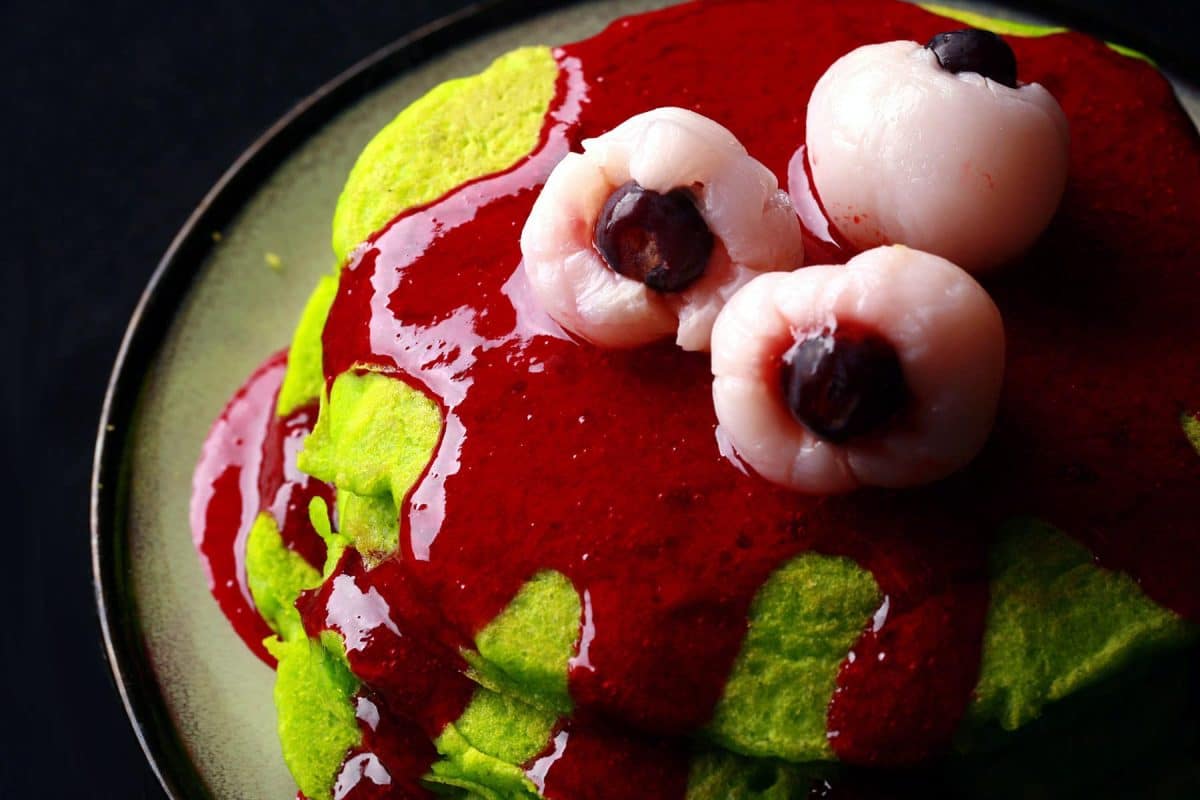





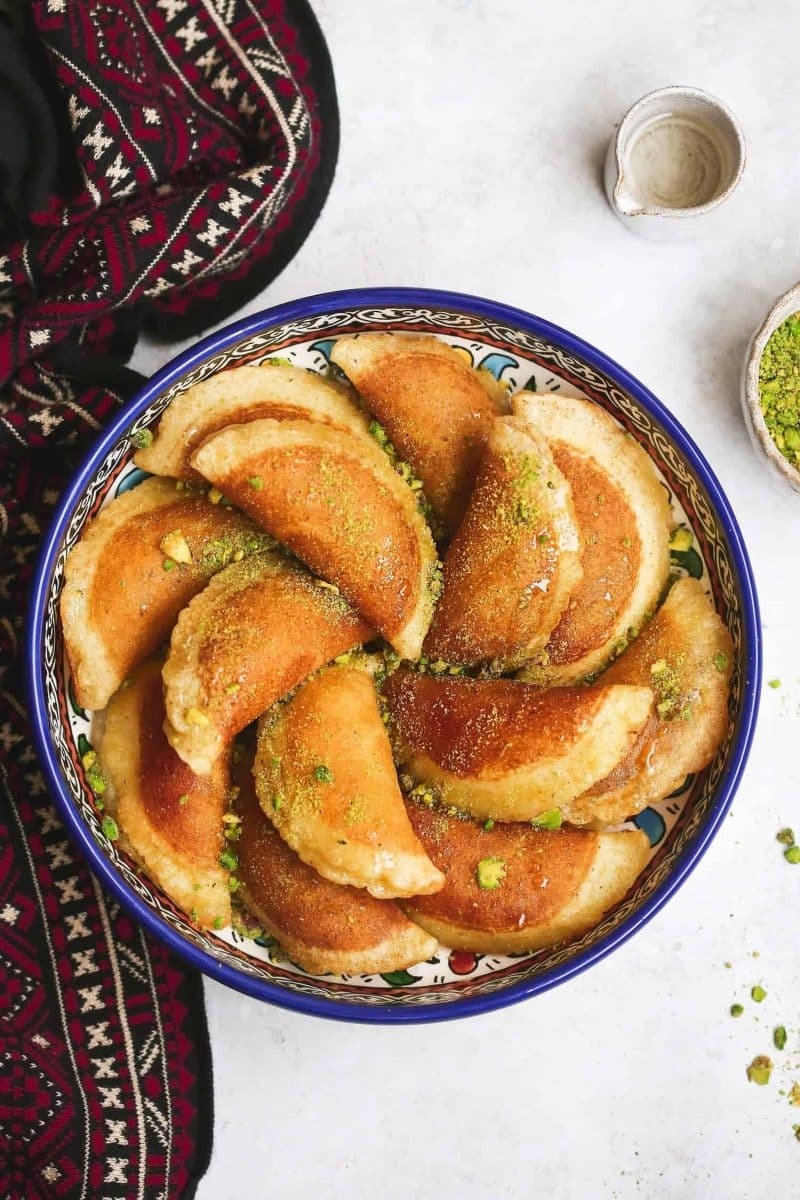



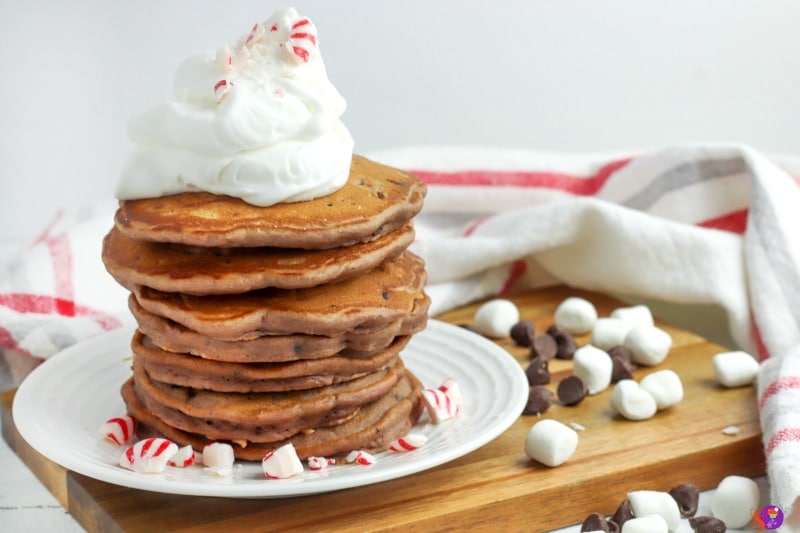
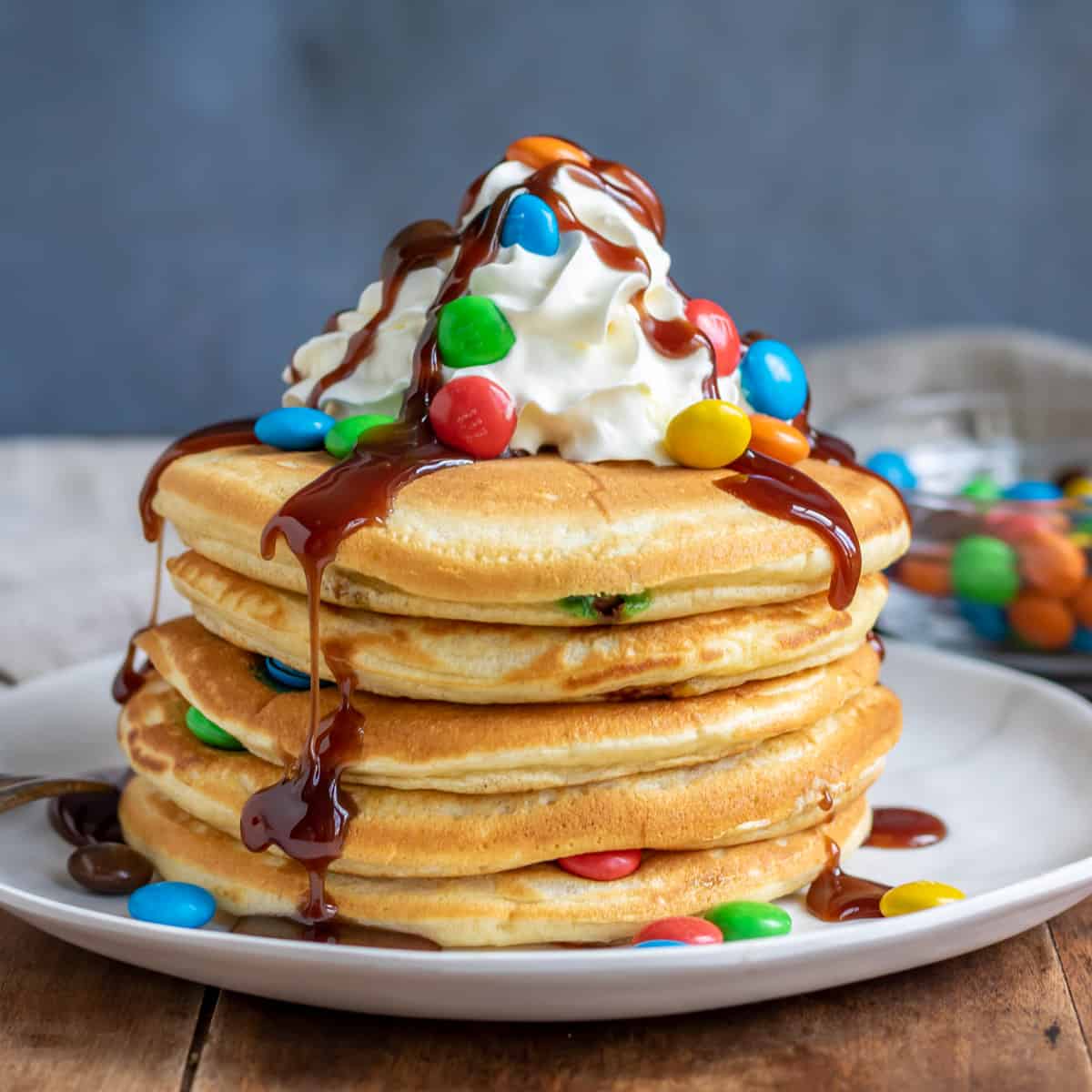

Savory Pancake Recipes
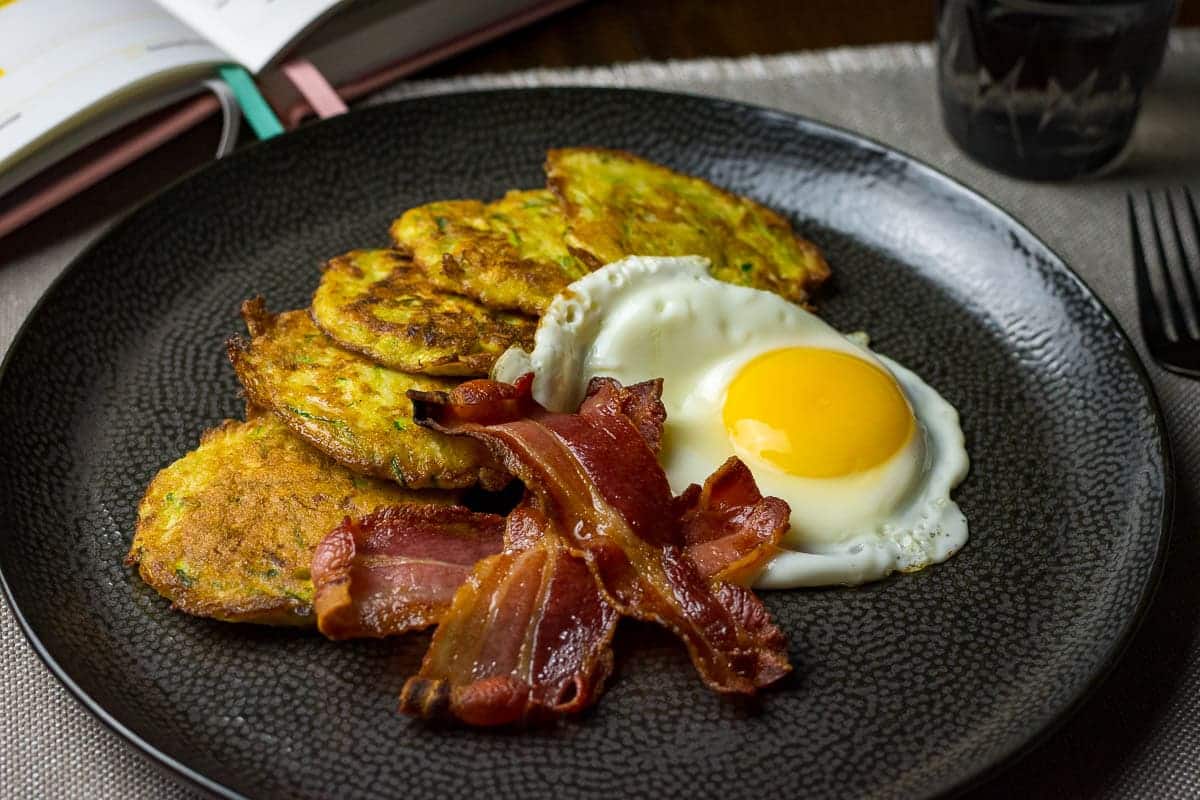

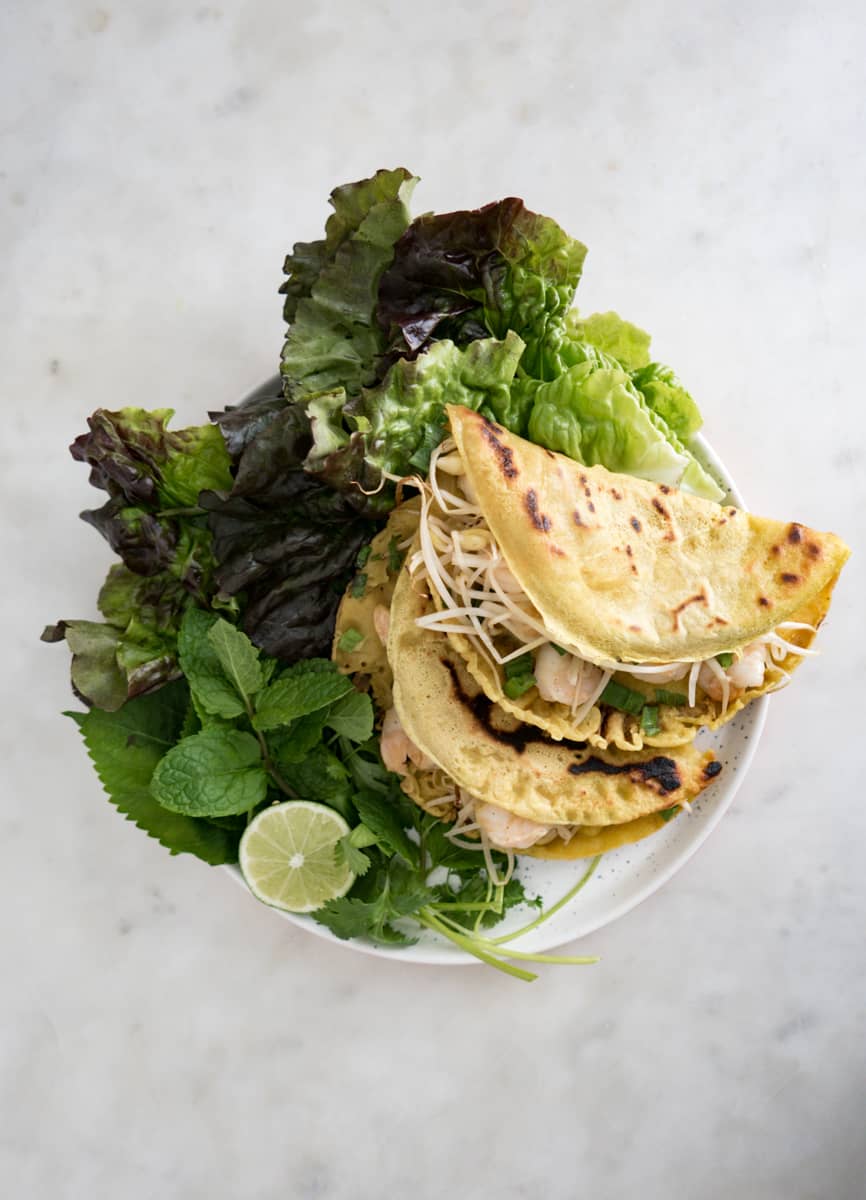
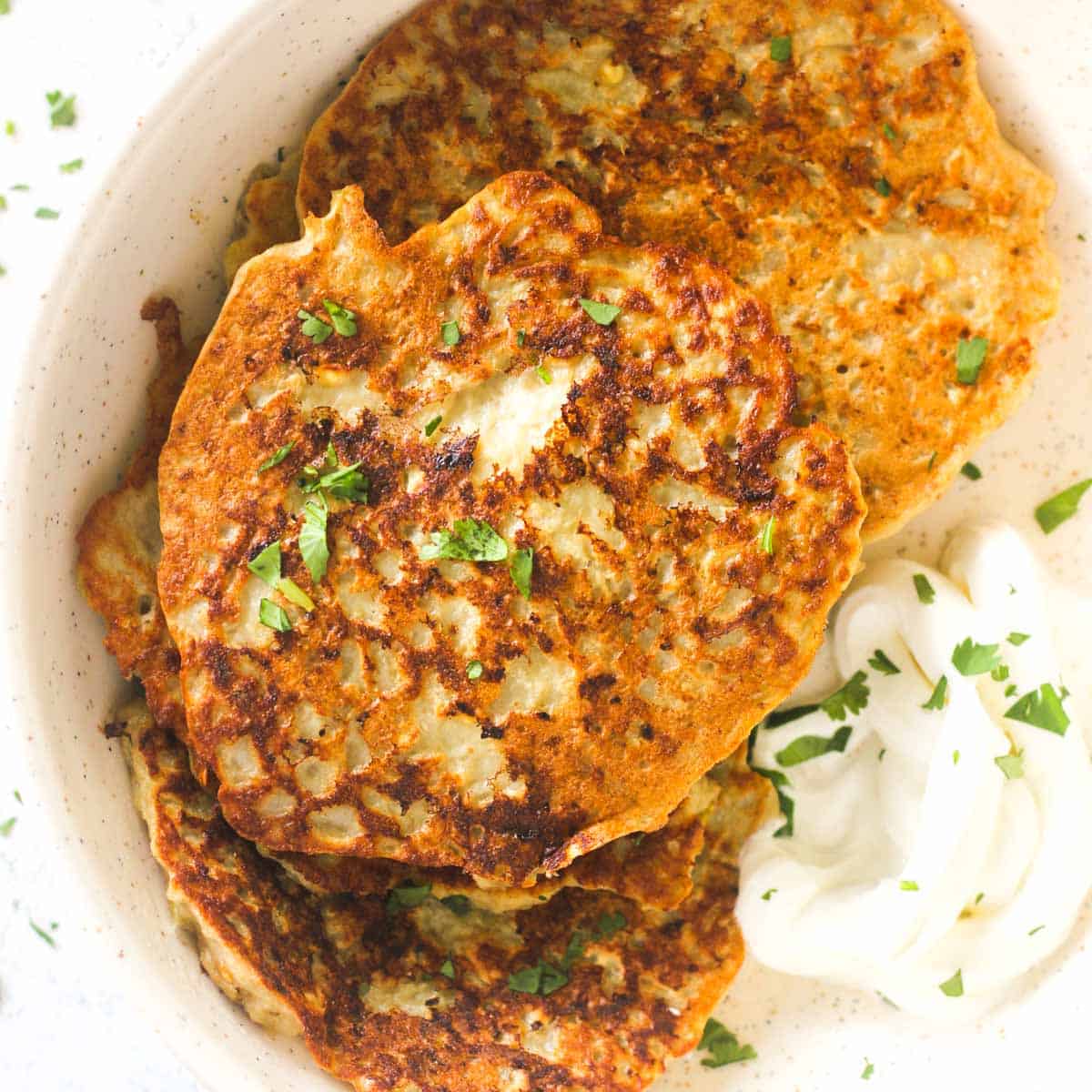
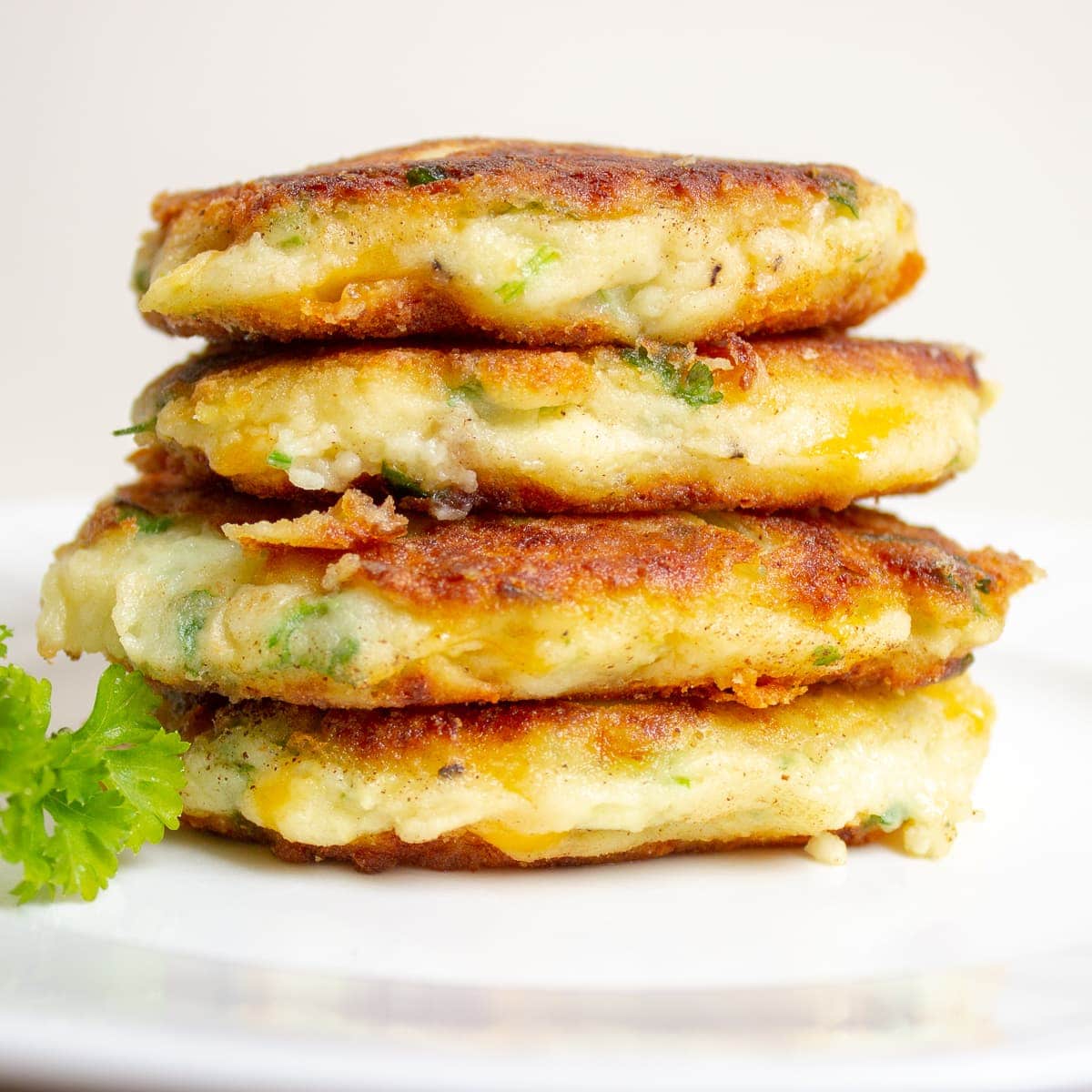


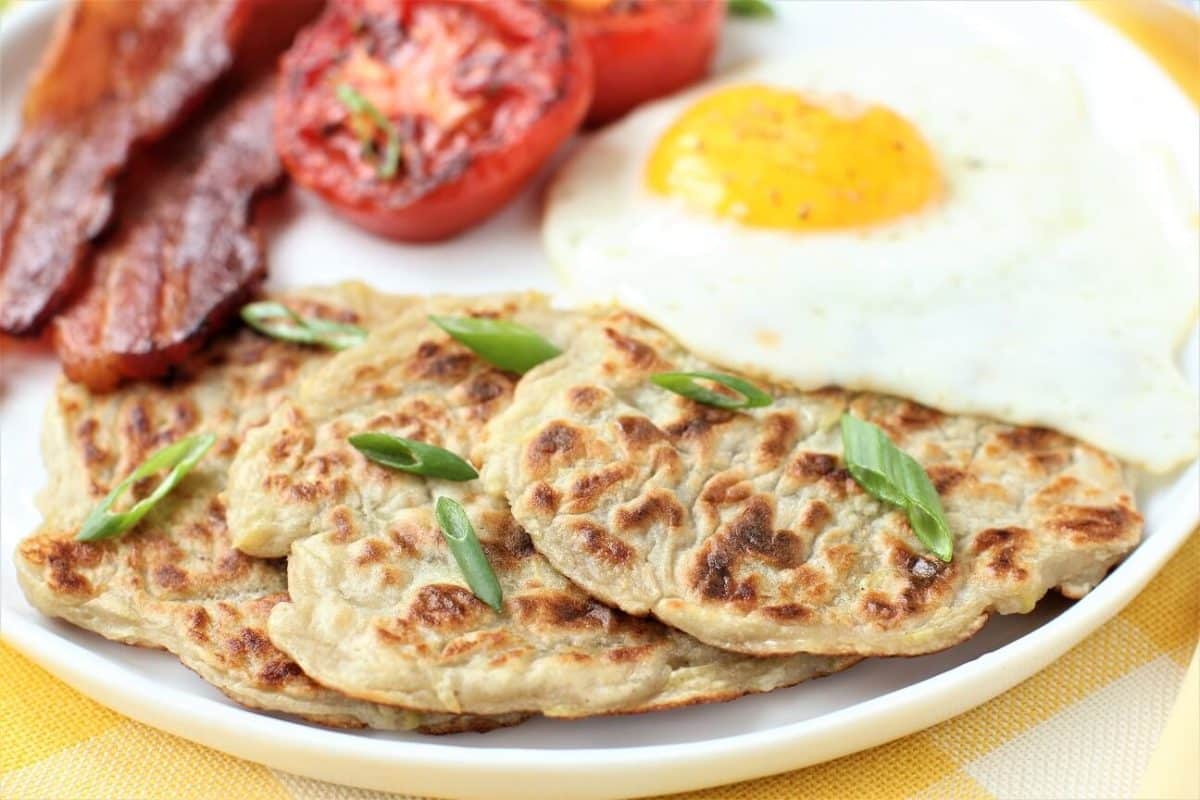






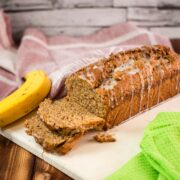

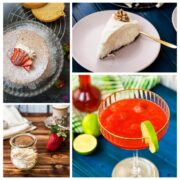


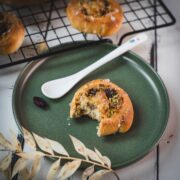

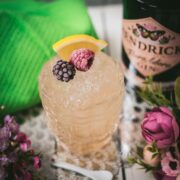

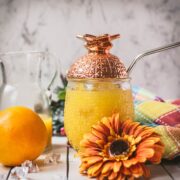
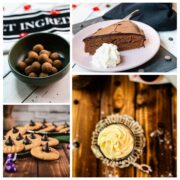





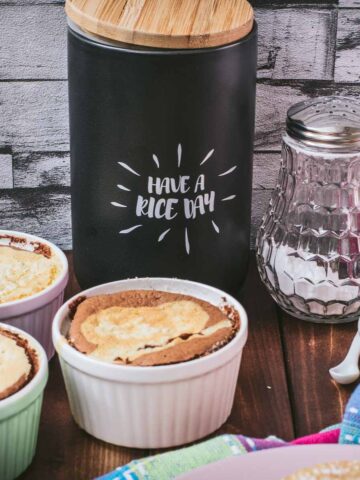
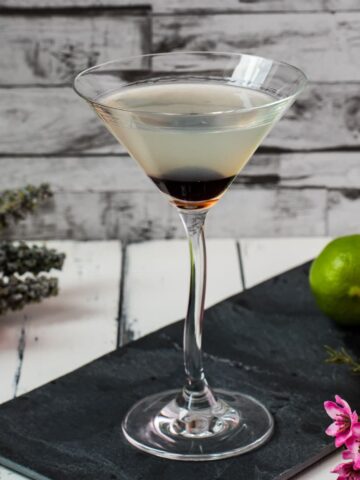
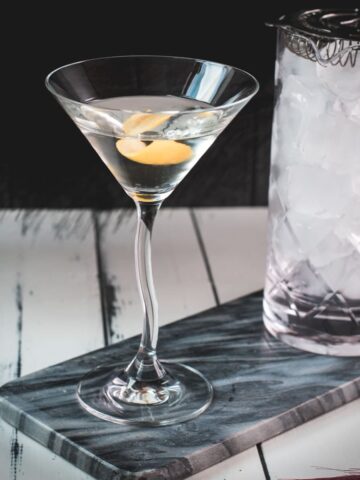
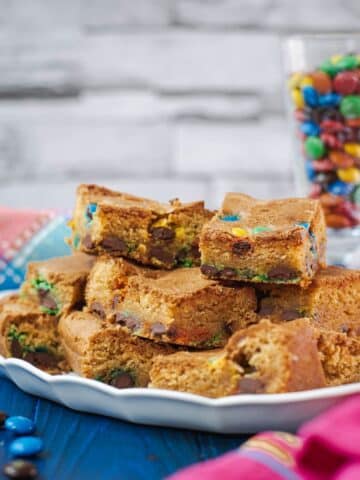
Deborah says
Thank you so much for including my Whole Wheat Pumpkin Pancakes in your Pancake Roundup. I feel honored as there are so many good recipes, I don't know which to try first.
Nora says
Yes of course! Thank you so much for your lovely and tasty contribution!